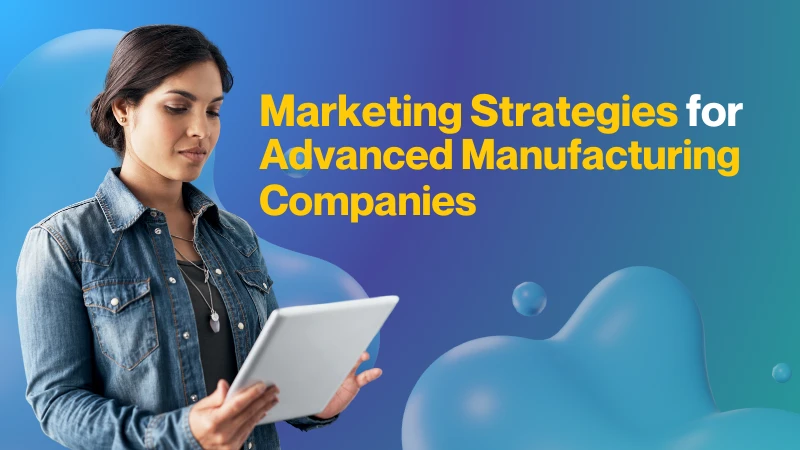Lead generation is one thing and lead conversion another.
The vast majority won’t convert on their own simply by following your standard funnel—they’ll often need that extra little kick to make them pick up the phone or make a purchase.
Whether you’re in a product or service-based business, here are some helpful tips to boost your lead conversion rates.
Focus on Lead Segmentation
Before you can improve your lead conversion, you’ll want to put some effort into qualifying and segmenting those you’re generating.
How can you tell who is likely to make the purchase compared to someone who is probably window shopping?
Look at those who have converted and identify patterns, so that you can put the structures in place to mimic that journey with others.
Your customers will vary in their needs, their budgets, and how they like to do business. Tailoring your communications to these factors will instantly pump up your conversion rate, while also increasing engagement and connection with your business.
Related: How To Manage(and Convert) Your Inbound Leads
Emphasise the Value
Another widespread issue is forgetting to communicate the value of your product or service as an investment.
Particularly for high price points, it’s too easy for potential customers to convince themselves that your offering is not essential. Instead, they’ll put it on their list of nice-to-haves when business is going well, and quite likely never get around to reaching out.
To target these almost-buyers, the secret is to place weight on the return on this initial investment—how are you going to revolutionise the way they do business or live their life?
As well as inserting this type of communication into your lead conversion and lead generation funnels, it’s the proposition that should underpin your entire business, and therefore be front and centre on your website and your pitch.
It’s completely possible that your USP will change over time as you get to know your customers and your target market.
Every six months or so, revisit your pitch and your web copy to ensure that it’s as relevant to your current market understanding as possible.
Related: Finding the Perfect Balance Between New and Repeat Customers
Remember to Ask
One of the most fundamental mistakes that’s common across organisations’ digital marketing strategies is also the most basic—they forget to flat-out ask.
It’s called a call to action, and it’s a must-have ingredient in every piece of communication in your funnel, be it a landing page, an email, or a pop-up window.
A well-timed and well-placed ‘Ready to buy? Here’s how’ can work wonders for your conversion rates.
Build Campaign-Specific Landing Pages
Landing pages are not just great for sending your readers exactly where they want to go.
They’re also spectacular for tracking lead generation and conversion. Rather than making estimates about your website traffic, you can specifically see which campaigns were successful and which could do with improvement.
Landing pages should be designed to convert, and they’re instrumental parts of all the best digital marketing strategies.
That means having a strong heading or value proposition, a clearly-placed CTA, and minimal detailed information.
Follow the best practices for quickly conveying communication, like including headings, dot points, colour and imagery where needed.
For starters, here are 15 web design hacks that convert traffic into leads.
Offer a Relevant Incentive
We all love free stuff. We particularly love it when it’s exactly what we’re after. If you want someone to sign up, and you can see they’re engaged with a particular content topic, offer them an ebook designed to address the most common mistakes and how to avoid them.
If they’re hovering around your shopping cart, but aren’t following through, offer them a discount to sweeten the deal.
Introduce a Deadline
Similar to an earlier point, adding a deadline to convert can bring that much-needed sense of urgency to your would-be customers.
It might be a simple ‘Buy before this date for your free gift’, or it might be one final email to non-responders announcing that this will be your final communication with them unless they would like to make a purchase.
As well as upping your lead conversion, this one weeds out the bad leads and helps you refine your digital marketing strategies regardless.
Related: 5 Clever Lead Generation Tactics to Try
Anticipate Questions or Concerns
When you’re in the headspace of your customer, you’ll be able to better anticipate what they’re thinking, and what potential issues they might have with your product or service.
Send a piece of communication that resolves it and you’ve broken down one more barrier to purchase.
Is your product tricky to grasp? Send a how-to video.
Perhaps you know that your leads are often stolen at the last minute by your competitor. Write a piece comparing your offerings, and why yours is the better choice.
An FAQ page on your website is another handy tool, as is a pop-up chat window for people who want a question answered before they commit.
Follow Up With a Call
For service-based or high-cost product-based businesses, it can be quite remarkable to watch how much a simple follow up call can nudge people into taking action.
For one-off, lower-cost products, this kind of time and effort is going to be a waste of your resources.
But when we’re talking about ongoing clients or serious figures for every sale, it can certainly be worth your while.
A phone call is better than an email for a number of reasons.
First of all, it’s instant. It encourages action in the moment when you have them on the phone.
Second, it’s more personal. Connecting to an actual human voice is extremely valuable, as most of us know that the majority of our emails come from maligning lists and are subject to spam filters.
Third, it’s more of a transparent two-way dialogue. This can be your chance to answer any questions and give your final conversion pitch.
Related: How Marketing Automation Increased My Client’s Appointments in 30 Days













